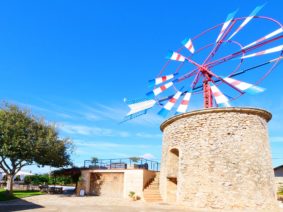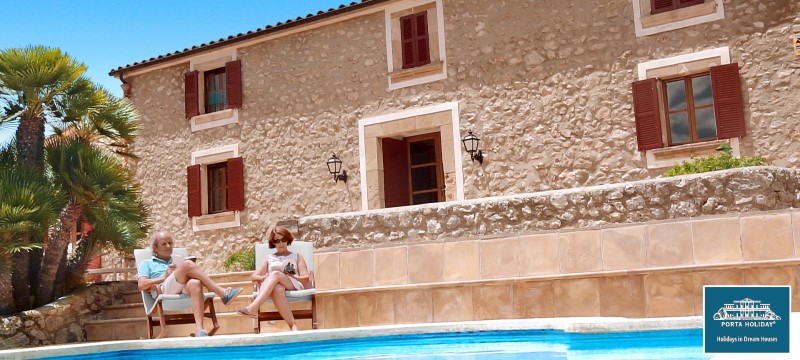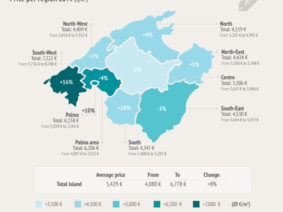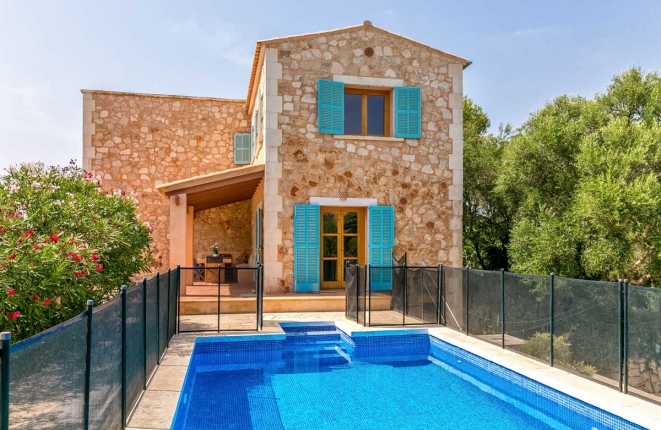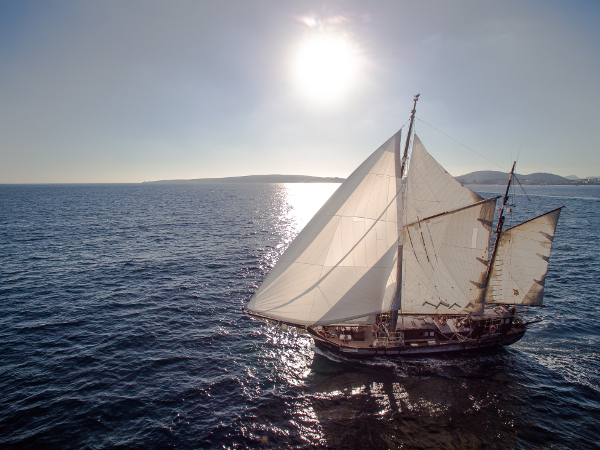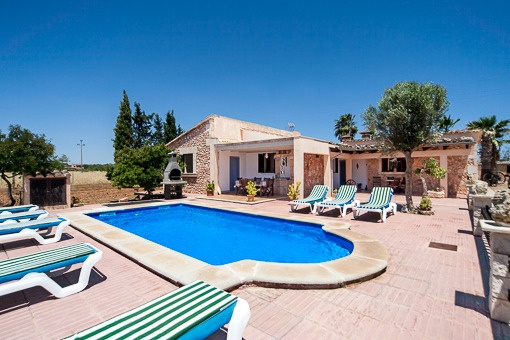Mallorca is made for active people who like to walk. In autumn and spring, the weather is perfect and invites you to experience the island actively and enjoy its beauty on varied tours. The multi-faceted richness of the landscape and hiking opportunities is unrivaled.
The Serra de Tramuntana mountain range is, of course, a popular destination for walkers and has been declared a World Heritage Site by UNESCO. It awaits with several peaks over 1,000 metres high. But there is so much more – the northeastern Serra de Llevante, Palma’s foothills Na Burguesa, the mountain of Randa, the monastery-mountain of Felanitx, varied coastal walks or exceptional tours in the interior of the island, as well as beautiful beach walks or excursions to hidden, secluded little coves.
How many different walking trails there are on the island no one knows exactly – maybe several hundred. In any case the whole island can be actively walked, everyone at their own pace!
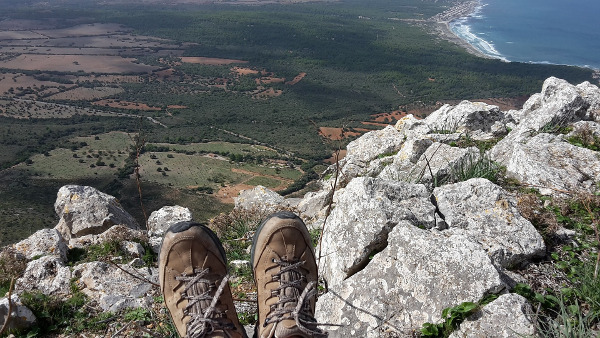
A popular hike: the dry stone route
The most popular hiking trail on Mallorca is the well-known GR-221 long-distance trail, also known as the “dry-stone route” (in Majorcan “ruta de pedra en sec”). The GR-221 was named after the old dry stone walls along the tracks, paths, and roads that cross the Tramuntana Mountains. This dry stone path begins at Port d’Andratx and goes up to Pollença, and was recently extended by seven kilometers so that it now reaches the sea and ends in Port de Pollença.
The hiking trails are diverse – they pass through the shady stone-oak forests along small watercourses, then for a while alongside ancient olive trees and shortly afterwards through rocky, alpine terrain, snaking through a barren landscape where you will feel at one with the wild goats. On the way there are many attractions to discover – monasteries, hermitages, ancient farmhouses, former charcoal burners and snow houses in which charcoal was first produced or snow was stored. Not to mention the views over the island, the bizarre rock formations and the sea on the horizon.
The GR-221 is not, however, just a single path, but is complemented by various backroads and byways and its total distance currently comprises some 300 kilometres of hiking trails. The Balearic Government is constantly working on improvements and repairing and signposting old paths. Amongst other things, a further expansion of the long distance trail to the lighthouse of Formentor is planned. Many hiking trails are also suitable for inexperienced walkers and shorter sections are even suitable for families with children, and dogs are also allowed on most routes. There are also lots of short tours with all the more charm!
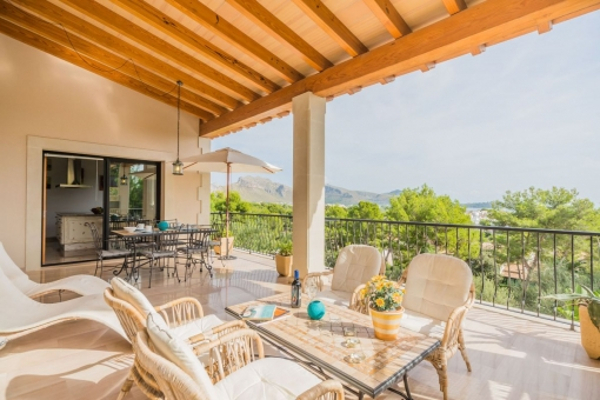
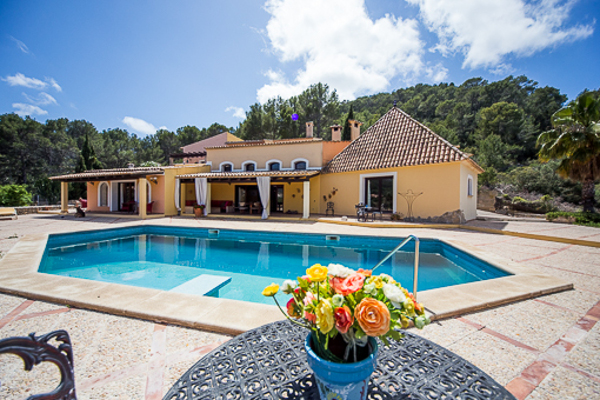
Along the Tramuntana in one tour
Very well trained hikers can complete the entire dry stone route in eight stages. The route runs from Port d’Andratx via La Trapa, Estellencs, Esporles, Deià, Port de Sóller, the Cúber Reservoir and the Lluc monastery to end at Port de Pollença. For this at least a week is required but the highlight is that the hikers can stay overnight in the seven mountain huts located along the route, the so-called “Refugis”. These “hotels for hikers” offer simple accommodation but they are very clean and well equipped. For example: the Refugi de Muleta at the lighthouse of Port de Sóller costs only eleven euros per night in the large common sleeping room with double bunk beds, and has a capacity for 30 overnight guests.
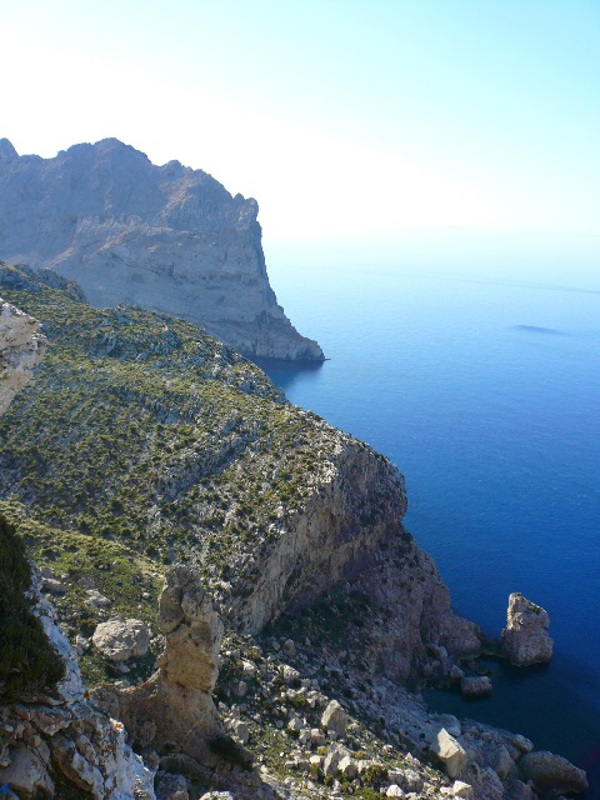
The mattresses are comfortable, the bedding is fresh (those who do not bring their own sleeping bag can rent a blanket, pillow and sheets for a small extra cost), the sanitary facilities are new and clean, and everything is well maintained. Also good is the evening meal, with very good Mallorcan wine accompanying an equally good, typical island dish. Breakfast is also impeccable (and included in the price). With the Alpine club card there is even a discount in the “Refugis”, but a reservation is absolutely recommended. It should also be noted that the distance between the individual huts is not just a few kilometres, and the sections take between four to eight hours walking on unpaved country trails leading over mountains and through valleys!
Many sections can also be explored as individual hikes, which can be easily walked in a morning or in one day. Spectacularly beautiful is, for example, the route from Valldemossa to Deià along a high-altitude trail which Archduke Ludwig Salvador had built in the 19th century along the high plateau on the north coast.
Alone or as a guided tour
The best thing about Majorca as a hiking destination is that there is also a very large selection of guided hikes of all lengths and degrees of difficulty which are arranged by various organizers for small and large groups. You can, of course, also go alone or make the hike with friends and family and most of the hiking trails are well signposted and marked by red dots along the way or by the likeable stone figures. Nevertheless, the golden rule is that you should never go without water and hiking guide or map, especially since in many areas in the mountains no mobile phone reception exists.
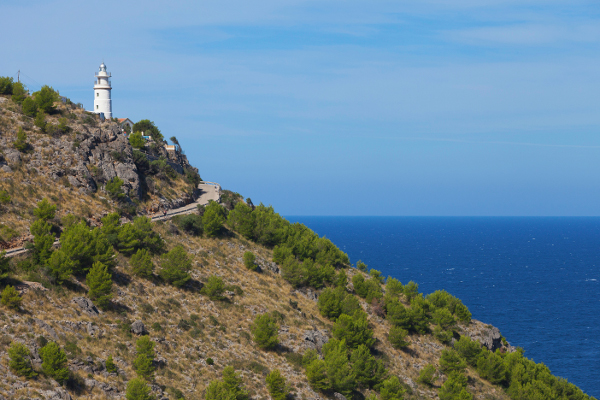
One more tip:
For people who only want to hike from time to time, the walks of Walk and Talk Mallorca are a wonderful recommendation. The guide is Sophia, a charming French lady who grew up in Majorca. Her two-to-three hour hikes on Sundays are relatively easy and mostly go along the coast. These “walks” are not just about training the leg and calf muscles but also the brain muscle by talking to fellow walkers in another language. Accordingly the participants are always international (information on facebook under “Walk and Talk Mallorca”).
